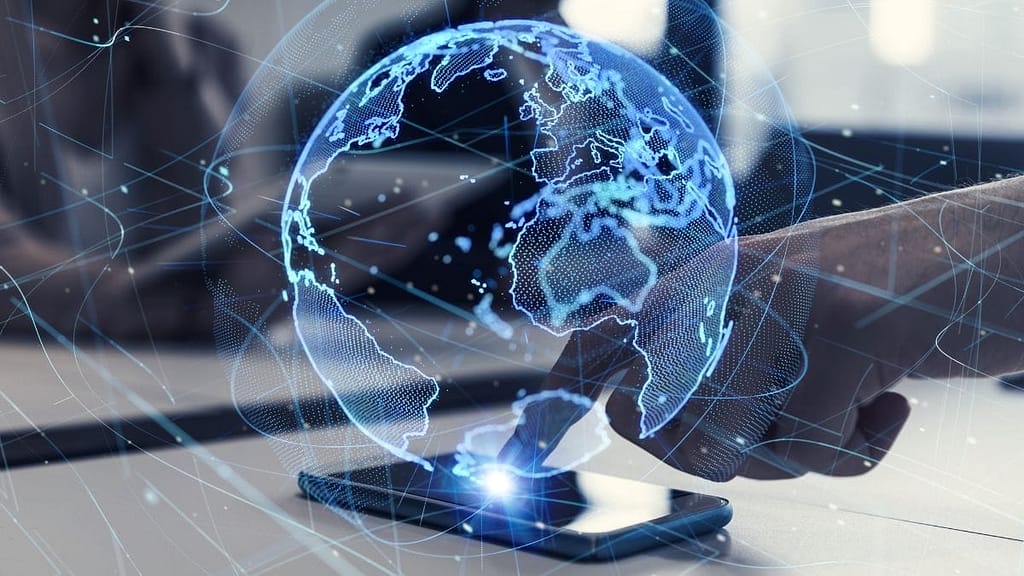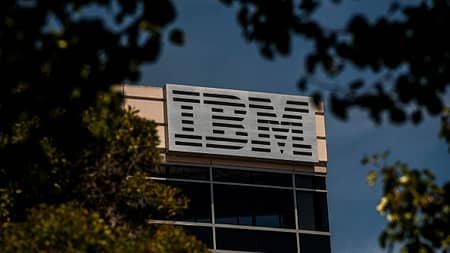New Delhi: The growth of India’s internet economy is expected to be driven by a continued shift in consumer behavior and the evolution of the business ecosystem, according to a report titled ‘The e-Conomy of a Billion Connected Indians’ released by Google, Temasek, and Bain & Company. The report predicts that the internet economy in India to grow from approximately $175 billion in 2022 to about $1 trillion by 2030.
The report is based on surveys of consumers and investors, as well as analysis by Bain & Company. It highlights the key sectors of the internet economy that are driven by digital consumption, such as e-commerce, online travel, food delivery, and ride-hailing. The growth of India’s internet economy is attributed to three crucial forces: the increasing digital-seeking behaviors among internet users in Tier 2+ locations, the digitization of large traditional businesses and the growing startup ecosystem, and the success of India’s homegrown digital public goods known as the ‘India Stack.’
The report suggests that the contribution of the internet economy to India’s technology sector is set to expand from 48% to 62% by 2030, while its share in India’s GDP is expected to increase from 4-5% to nearly 12-13%. This growth is driven by factors such as deepening consumer digital adoption, technology investments by businesses, and the digital democratization facilitated by the India Stack.
Sanjay Gupta, country head and vice president of Google India, believes that India is at a turning point in its digital transformation. He emphasizes the vast opportunity for startups, large businesses, and MSMEs to power India’s internet economy, projecting growth of 6x to reach a trillion dollars by 2030.
The report also highlights India’s digital transaction trends and time spent on video consumption. It states that India’s approximately 700 million internet users are transacting more via real-time digital payments and spending more time on online video streaming services and social media compared to global averages. This increased digital engagement sets the stage for the expansion of the internet economy.
The report further reveals that Tier 2+ consumers in India are open to experimenting with new brands and products, with a preference for personalization and premiumization, particularly in the HealthTech and EdTech sectors. Additionally, Tier 2+ consumers are willing to pay higher prices for personalized and customized products and services. They also show a higher preference for e-consultations with reputed doctors over traditional appointments.
Investors also display optimism regarding India as a favorable investment destination. The report states that three in five investors expect an increase in deal activities in the next two to three years, with a majority allocating over 75% of their funds to digital investments in the next five to seven years. SaaS (Software as a Service) is expected to be the most appealing sector for investors, followed by Fintech, B2C e-commerce, and B2B e-commerce.
In conclusion, the report highlights the immense potential of India’s internet economy and projects significant growth across various sectors. It emphasizes the importance of consumer preferences, personalization, and sustainability in capturing market share and driving business success. With continued digital adoption and technological advancements, India is poised to become a major player in the global digital landscape.










